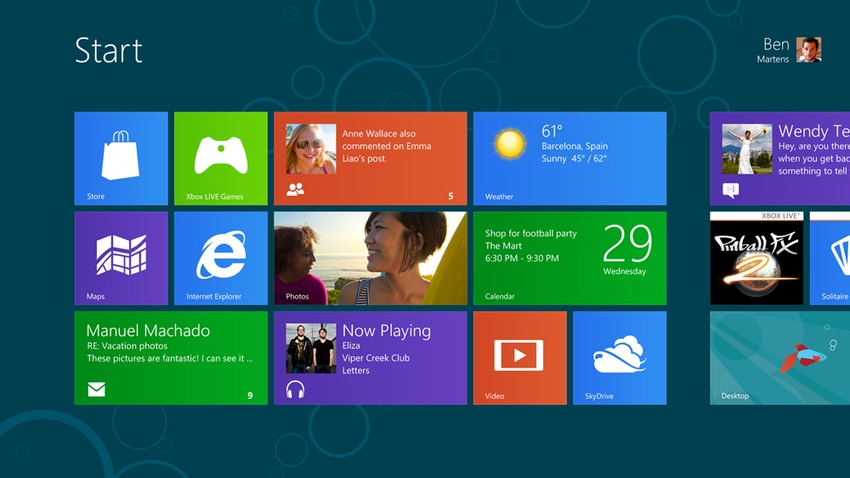M2M and connected devices were an important part of the CeBIT fair in Hannover, which took place this week – exhibitors were keen to show off their solutions for everything from vending machines to shipping to healthcare. While a section of one of the exhibition halls was given over completely to M2M, many of the telecoms operators present also devoted space in their own stands to their connected solutions.
March 9, 2012

By Francesco Radicati
M2M and connected devices were an important part of the CeBIT fair in Hannover, which took place this week – exhibitors were keen to show off their solutions for everything from vending machines to shipping to healthcare. While a section of one of the exhibition halls was given over completely to M2M, many of the telecoms operators present also devoted space in their own stands to their connected solutions.
O2 presented a new web-based platform for management of M2M SIMs, aimed at small and medium-sized companies, as well as an M2M flat rate at a competitive price. At its stand, O2 was demonstrating an electronic entry system whereby employees can swipe their cards on a sensor equipped with a SIM card when they enter or exit the office. Another application it was highlighting was in vending machines, as a way to keep track of how much stock is in the machine and determining when it needs maintenance.
Everything Everywhere had an M2M-capable vending machine too, which was also equipped with an NFC sensor. The company is beginning to expand its M2M presence beyond the UK, taking advantage of the footprint of both Deutsche Telekom and France Telecom, although they stressed that they are open to partnerships with other companies. Everything Everywhere is emphasizing its experience in the MVNO and wholesale sector in promoting its M2M platform.
Deutsche Telekom naturally had one of the larger stands to showcase its activities, perhaps to make up for its absence at Mobile World Congress. Its M2M displays included connected solutions for the home, in partnership with companies such as appliance manufacturer Miele and energy provider E.on. Another use for M2M that Telekom is focusing on, like its rivals, is logistics – the company estimates that telematic systems tracking locations, routes, driving style and fuel consumption can reduce fuel usage by around 20 per cent.
M2M wasn’t the only thing happening at CeBIT, of course. There were the obligatory visits from heads of state: German chancellor Angela Merkel was there for the fair’s official opening, while Brazilian president Dilma Rousseff attended because Brazil was chosen as CeBIT’s Partner Country for 2012. F1 driver Jenson Button was also there, but regrettably, I missed out on his press conference on “What It’s Really Like to be an F1 Driver”, though I did see him taking people for spins in a McLaren Mercedes at the track next to the Vodafone pavilion. I tried to get in and see if they’d let me ride along, but was politely told by the security guard to take a hike.
What I did catch, however, was Microsoft’s press conference to introduce the consumer preview of its Windows 8 operating system. Windows 8 is designed to work across all of a user’s devices, from PC to tablet to smartphone, and its user interface for mobile devices is based on the same “tile” system as Windows Mobile 7. The idea is to make switching devices and working remotely as seamless as possible.
It’s nice to see someone trying to make that happen – and it’s interesting that it isn’t Apple, at least not yet. Given Apple’s head start in the smartphone and tablet sectors, it’s surprising that it hasn’t yet tried to make working across all its devices seamless; but then, this is probably more useful in the enterprise sector, which has traditionally been more of a focus for Microsoft. Getting there first will give Microsoft a welcome boost in competing with Apple.
Read more about:
DiscussionYou May Also Like






.png?width=300&auto=webp&quality=80&disable=upscale)


_1.jpg?width=300&auto=webp&quality=80&disable=upscale)


.png?width=800&auto=webp&quality=80&disable=upscale)